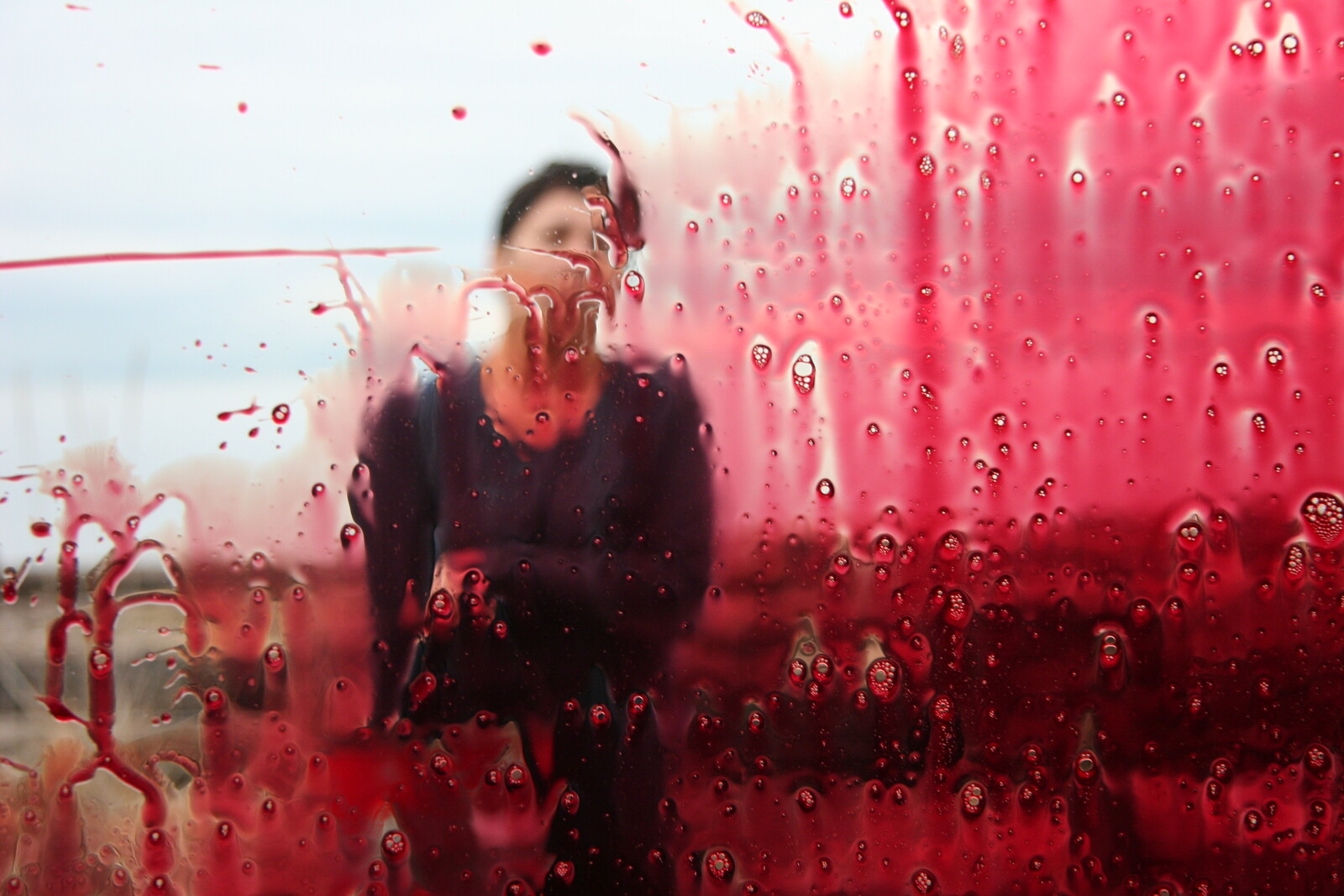Categories
Subjects
Authors
Artists
Venues
Locations
Calendar
Filter
Done
February 3, 2022 – Review
Forensic Architecture with Laura Poitras’s “Terror Contagion”
Jared Quinton

Since the onset of the Covid-19 pandemic, international research collaborative Forensic Architecture has been investigating the use of Pegasus, a spyware product developed by the private Israeli cyber-arms firm NSO Group. Pegasus has been licensed by governments around the world to covertly surveil journalists, activists, and political opponents by hacking their phones, and has been linked to high-profile human rights cases such as the 2014 disappearance of 43 students from Ayotzinapa, Mexico, and the brutal murder of Saudi journalist Jamal Khashoggi in Istanbul in 2018. In “Terror Contagion,” presented at the Musée d’art contemporain de Montréal (MAC), Forensic Architecture and a few high-profile collaborators—filmmaker Laura Poitras, musician Brian Eno, and whistleblower Edward Snowden—map a preliminary network of Pegasus’ operations, attempting to visualize the frightening scale of its global reach as well as to humanize the experience of its civilian victims.
Mirroring the collaborative nature of Forensic Architecture’s work and the networks that Pegasus is designed to infiltrate, the exhibition fills a subterranean, windowless gallery with a dense web of interconnected films and videos that feature interviews with people targeted by the spyware alongside haunting, disturbingly beautiful data visualizations of these attacks and how they are interconnected. Explanations of how the …
November 8, 2019 – Feature
Montréal Roundup
Stefanie Hessler

A camera pans over a beach littered with driftwood. As the lens approaches a stack of branches arranged as if for a bonfire, a rocket-like screeching sound pierces the scene. An instant later, the wood goes up in flames. The image fades to a view of the artist Rebecca Belmore submerged in the nearby water. Fully dressed, she flails in the shallows with a metal bucket in her hand, gasping for air. Her body is thrown around by something other than the forces of the waves—an interior torment. Belmore exits onto the beach, carries the bucket toward the camera, and with an arduous groan throws its liquid contents against the lens. What we, the viewers, may expect to be clear water is blood-red, dripping down the lens as the artist stands and looks directly at us until the video ends. In Belmore’s installation Fountain (2005), the sequence was projected onto a wall of falling water inside the Musée d’art contemporain de Montréal (MACM).
In its ambiguity between birth or death, creation or apocalypse, Belmore’s Fountain—her contribution to the Canadian Pavilion at the 51st Venice Biennale in 2005—is as potent a metaphor today as it was almost 15 years ago. The …